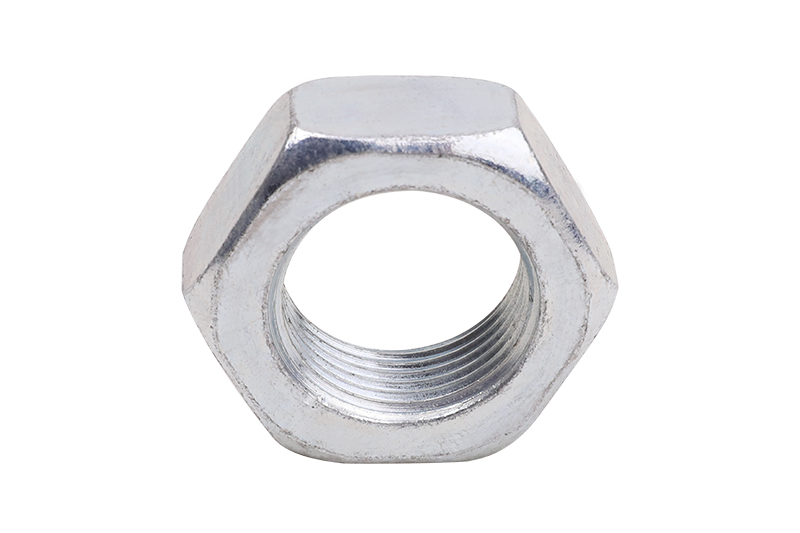A hex nut is a kind of fastening device with an open-en […]
A hex nut is a kind of fastening device with an open-ended thread. Nuts are usually used together with a standard locking bolt to hold several parts together. The nuts are held together by friction, a slight tightening of the threaded part, and the compression of the nuts to hold them together.
They are sometimes used as a replacement for a standard screw thread. In other cases, they are used as a connecting piece between the threaded bolt and another piece. They may also be used to attach some parts of machinery together.
A hex nut has the following features. First, they have two threads. A nut has one hole, or slot. Secondly, they are usually made of some kind of plastic.
For many applications, it is better to use a hex nut than a standard fastener. This is because a nut can offer several advantages over standard fasteners, such as lower installation cost and less possible damage to the threaded bolt.

Some of the benefits of using hex nuts are obvious. First, they provide more leverage when tightening bolts together. With just one fastener, the bolt may be very difficult to tighten, especially at the start. With two hex nuts, the torque can be more evenly distributed.
Another benefit of using a hex nut is that they can reduce stress on threaded bolts. Because the nut provides more leverage, bolts may be able to withstand more tension. As a result, the chances of cracking the threads are reduced.
For other uses of a hex nut, though, the benefits become more subtle. One example is when a bolt has been misaligned. When this happens, a hex nut can help with making the threaded end of the bolt line up with the rest of the fastener. They can also be used when bolts have been melted or otherwise distorted. By holding the bolt in place, it is less likely that the screw will fly out.
Finally, hex nuts can also be useful for securing a joint. to a metal surface.
Hex nuts can be used on both woodworking and metalworking machinery. Woodworking machinery includes table saws, routers, and reciprocating saws. Metalworking machinery includes lathes, presses, milling machines, and hand tools. To use a hex nut, these machinery parts need not necessarily be assembled together.
For woodworking machinery, a hex nut is best used on cross beams. These are horizontal beams used to join two pieces of wood or metal, such as beams.
A hex nut is also commonly used for supporting the arm of a lathe. It is attached to the lathe's end. so that the lathe can be used to shape the piece of wood or metal. while it is stationary.
The fastener can also be used for attaching a bearing. and wheel to the frame of a drill press.
Finally, a hex nut can be used for securing a tool. When a nail or screw head fails to reach the nail, the nut prevents the nail from penetrating. It prevents the head from sticking into the workpiece and allows it to be removed without causing damage to the workpiece. This is especially useful when working with metal.
Using a hex nut is simple and inexpensive. For the most part, it is an inexpensive way to improve the function of a variety of tools and machinery.
There are several ways in which a hex nut can be used. It is very helpful in various situations. To name a few:
For instance, the nut that holds a screw into place on a lathe head is a good candidate for a hex nut. The nut helps keep the screw head from penetrating the metal and it prevents the head from coming loose when the screw is turned.
It also comes in handy when mounting a motor to a bearing, such as the bearing that mounts a drill press or lathe. It stops the motor from coming loose while it is mounted. If the nut is secure, it will prevent the motor from coming loose. and the screw will be able to rotate freely.